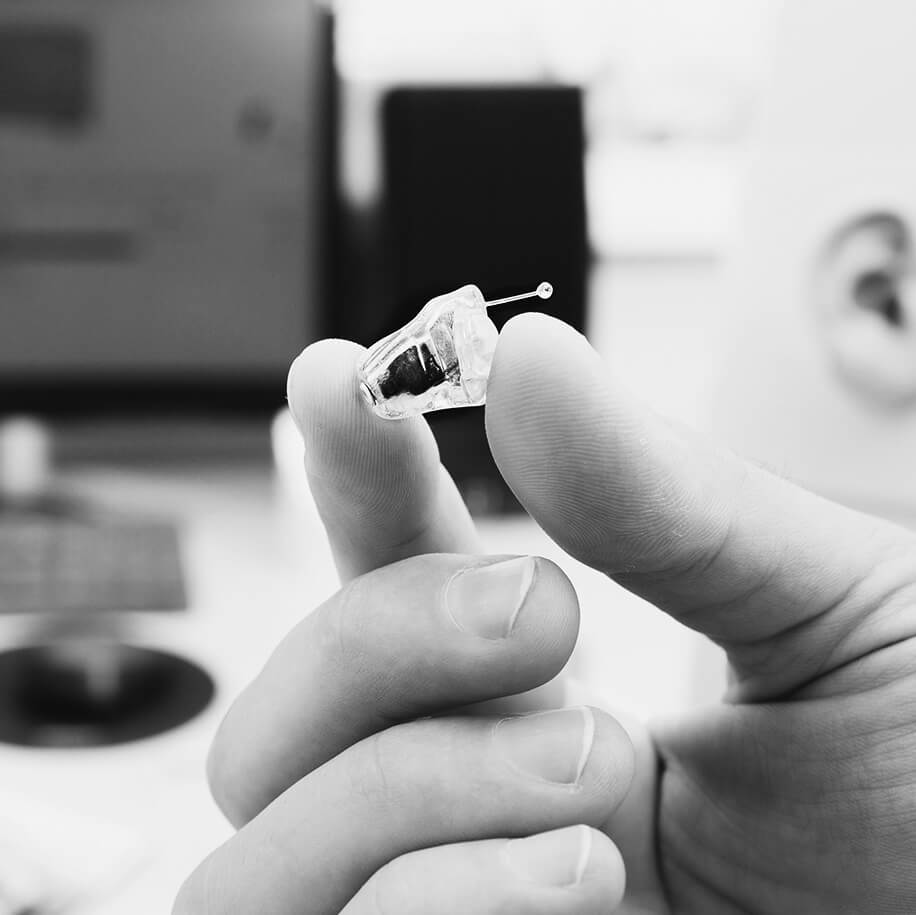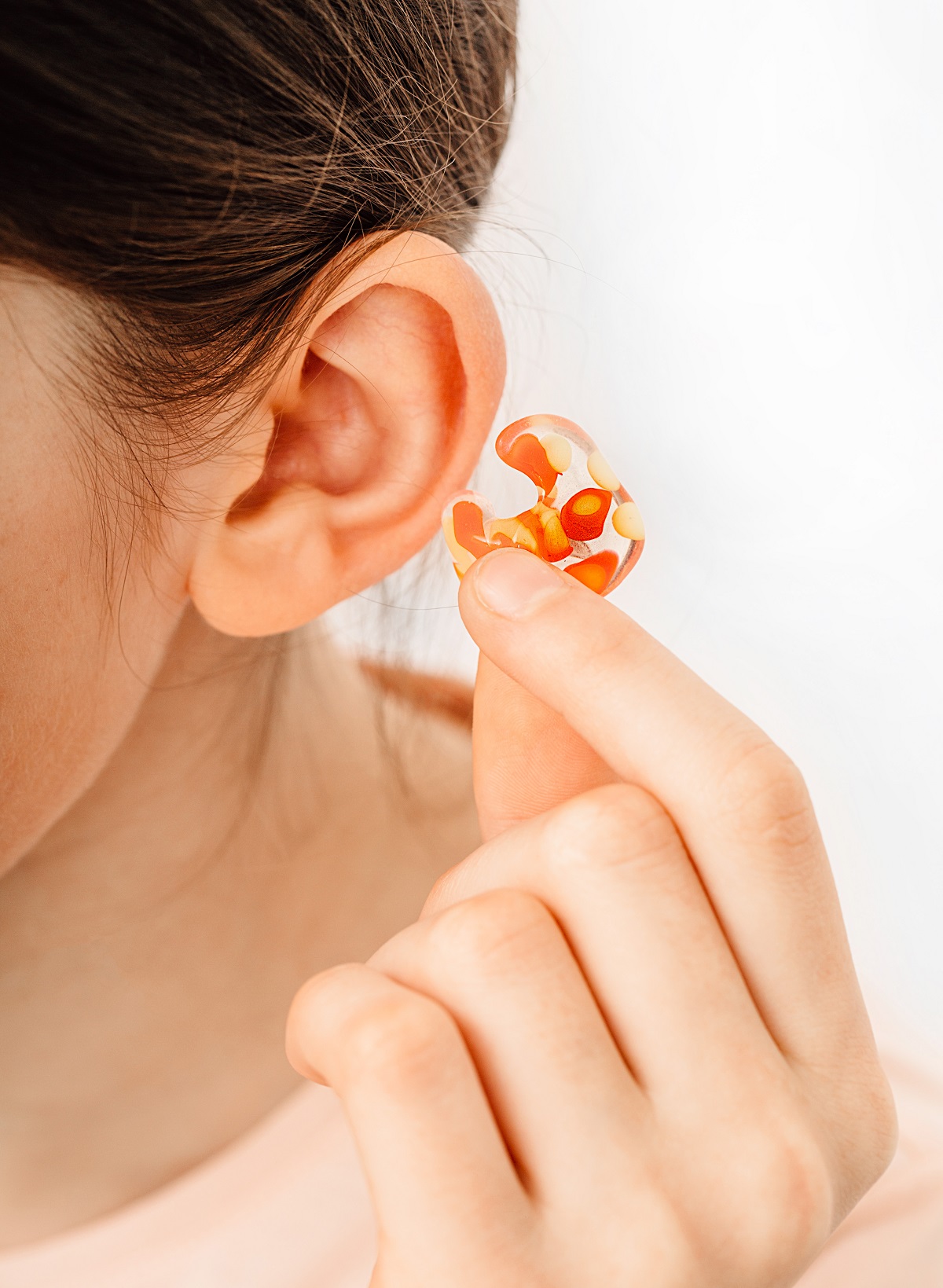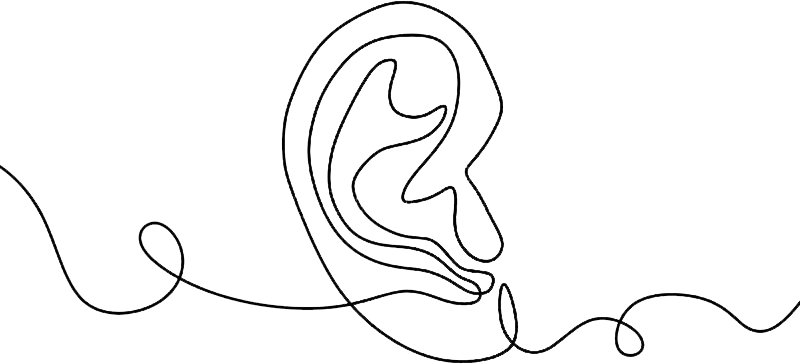
Custom Hearing Protection

Custom Swim Protection
Swimmers and Divers: The purpose of wearing ear plugs while swimming is to prevent water from entering your ear canal. When water enters your ear canal, it can cause discomfort, irritation, and even infections such as swimmer's ear. Ear plugs can also help protect against other potential problems, such as ear pressure caused by diving and exposure to cold water, which can lead to dizziness or vertigo. Overall, ear plugs are a simple and effective way to protect your ears while enjoying water activities.
Surfers: Ear plugs for surfers serve to protect the surfer's ears from the effects of cold water, wind, and waves. When a surfer is repeatedly exposed to these elements, it can lead to a condition called surfer's ear, also known as exostosis. Surfer's ear is a condition in which small bony growths develop in the ear canal. These growths can block the ear canal and cause hearing loss, as well as trapping water and debris in the ear, leading to infections.

